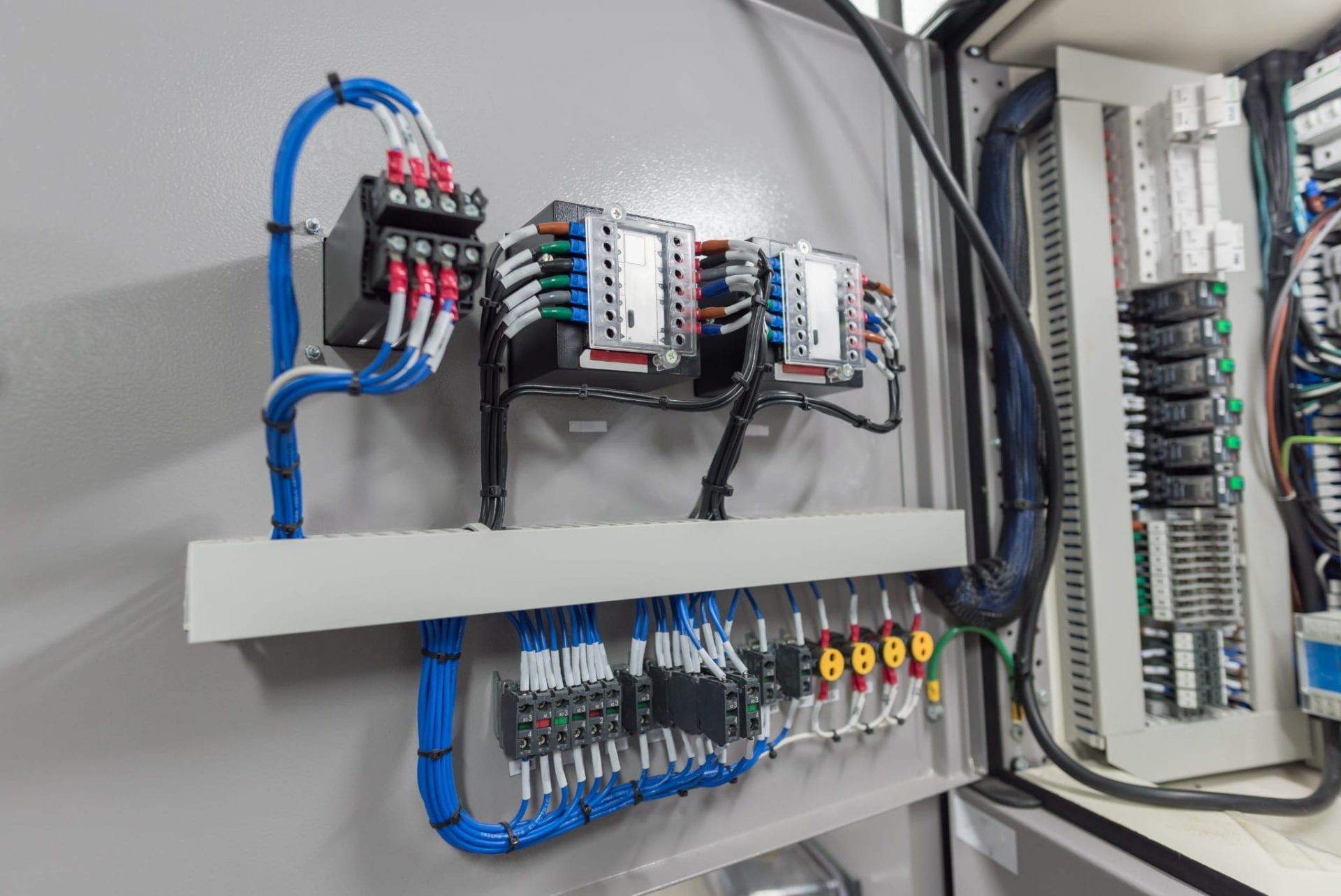Electrical Wiring 101: A Beginner's Guide to Understanding the Basics

Electrical wiring is an essential part of any home, and understanding it is crucial for each homeowner. Not only is it helpful to ensure the efficient functioning of your home but it’s also crucial for your safety. In this article, we will go over the fundamentals of electrical wiring and the importance of safety and the advantages of employing an accredited residential electrician for all your electrical wiring needs.
Understanding the fundamentals of electrical wiring
Wiring for electrical purposes is the network of electrical conductors which run through your home, carrying electricity to your appliances as well as lighting fixtures. It functions by creating electrical circuits which connect the electrical power source with your gadgets. Electrical circuits are made up of wires, switches, as well as other components of electricity that work together to form a secure and reliable electrical system. There are different types of electrical wiring. These include aluminum, copper, as well as types of wire insulation such as PVC, rubber, or paper.
Preparation and planning for electrical Wiring
Before you install an electrical wire, you must consider several factors to consider, including the type of wiring you’ll need, the size that your electric system can handle, and your power needs. It is also important to be aware of the electrical wire regulations as well as permits needed in your locality. In order to prepare for electrical wiring, design an electrical plan, and then assess your electrical requirements. This will help to ensure your wiring system is secure efficient, reliable, and meets the power requirements of your home.
Materials and Tools Required for Electrical Wiring
When installing new electrical wiring it is important to have the appropriate equipment and materials on hand. The most important tools are wire cutters, strippers, pliers, and the voltage tester. Other materials needed for electrical wiring are electrical tape, wire nuts, conduit, as well as electrical box. It’s also useful to have a wiring diagram to guide you through the installation process.
Step-by-Step Guide for Electrical Wiring Installation
Installing electrical wiring can be an intimidating process however, with the right tools and knowledge you can do it in a safe and efficient manner. This is a step-by-step guide to installing new electrical wiring inside your home:
Shut off the power source to the area where you will be working.
Plan the wiring layout and mark the location where the wire will be placed.
Install electrical boxes and conduit when needed.
Cut and strip the wires to the proper length.
Connect the wires to the devices or fixtures you’re wiring.
Secure the wires in place by using wiring nuts, electrical tape or even conduit straps.
Check the wiring to make sure that it’s working properly.
When installing the wiring, it is important to follow wiring installation best techniques and guidelines. Also, be aware of common mistakes to avoid when installing electrical wiring, like over-loading the circuits of wires that are damaged as well as using the wrong kind of wire.
Troubleshooting Electrical Wiring Issues
Even with careful design and installation, electrical wiring issues could arise. Common problems include wiring problems, overloads in circuits and electrical shorts. To solve these issues, it is important to be aware of the most common electrical wiring issues and be aware of how to safely and effectively tackle them. In addition, it is essential to follow electrical safety procedures when attempting to solve electrical wiring problems, such as turning off the power source and wearing safety gear.
Conclusion
Understanding the electrical wiring in your home is vital to your safety and for the proper operation that your electric system provides. It is important to hire a licensed electrician to make sure your wiring is set up and maintained in a proper manner. At Local Electrician Surry Hills, we provide various electrical services, including electrical wiring repair and installation. Call Local Electrician Surry Hills at 1300 933 820 for all of your electrical wiring needs.
Electrical Wiring FAQ
Here are some commonly asked questions about electrical wiring. They also include extra safety advice and the best methods for electrical wiring installation and repair:
What kind of wire do I need to use for my electrical wiring?
The kind of wire that you will need for electrical wiring is contingent on the particular requirements of your project and local building codes. It is crucial to select the right gauge for your wire along with the insulation type, as well as wire materials to ensure the security and effectiveness of your electrical system.
Can I install an electrical wire of my own?
While it is possible to create your own electrical wiring, it’s important to have the right expertise and experience to do so in a safe and efficient manner. In the majority of instances it is advised to hire an authorized electrician to ensure your wiring is properly installed and maintained in a safe and secure manner.
How often do I need to inspect my electrical wiring?
It is recommended to have your electrical wiring inspected every 10 years or whenever you notice signs of electrical problems, such as frequent circuit breaker trips or electric shocks.
What should I do if I discover electrical wiring issues in my house?
If you spot any electrical wiring problems in your home, for example, flickering lighting or outlets that do not work, it is important to fix them right away. Switch off the power source to the affected area and call an accredited electrician to determine and fix the problem.
If you follow these guidelines and best practices, you can ensure that your electrical wiring is secure and operating in a safe manner. Make sure you are taking safety into consideration and consult with a licensed electrician when needed. Contact Local Electrician Surry Hills at 1300 933 820 for all your electrical wiring requirements.
